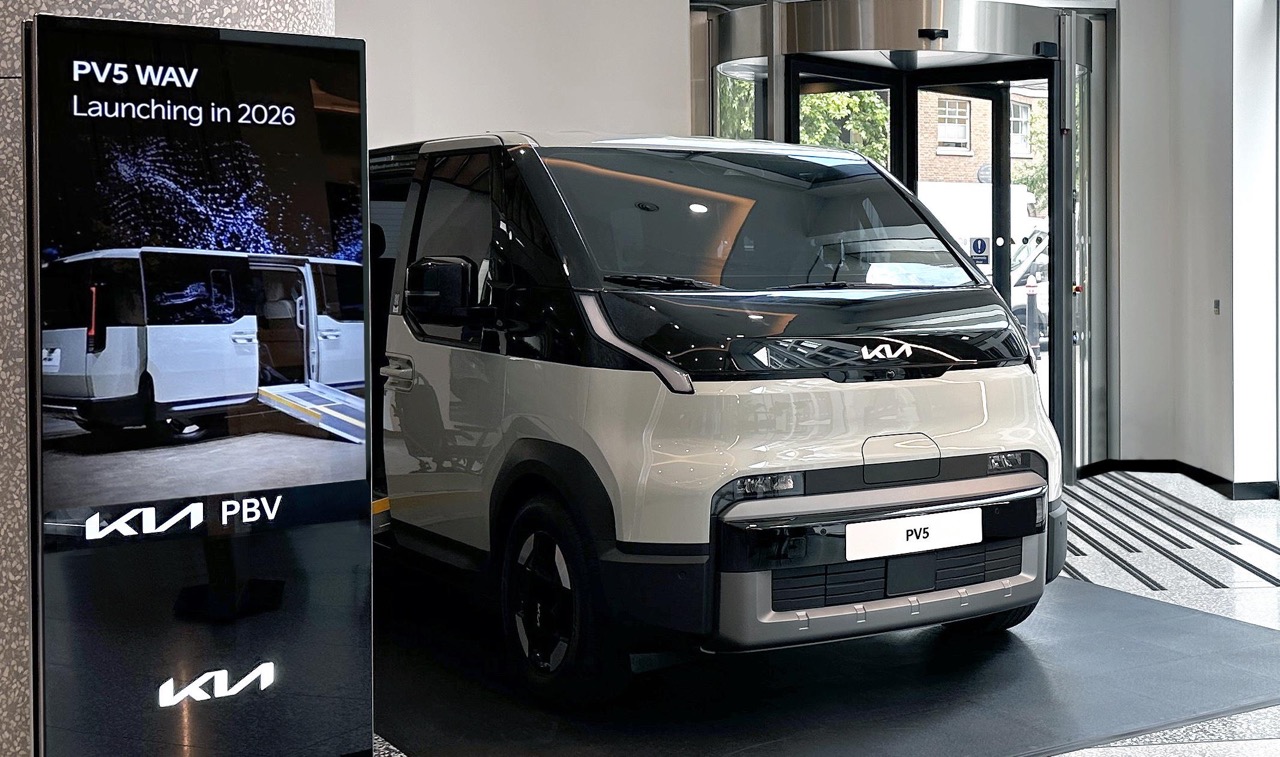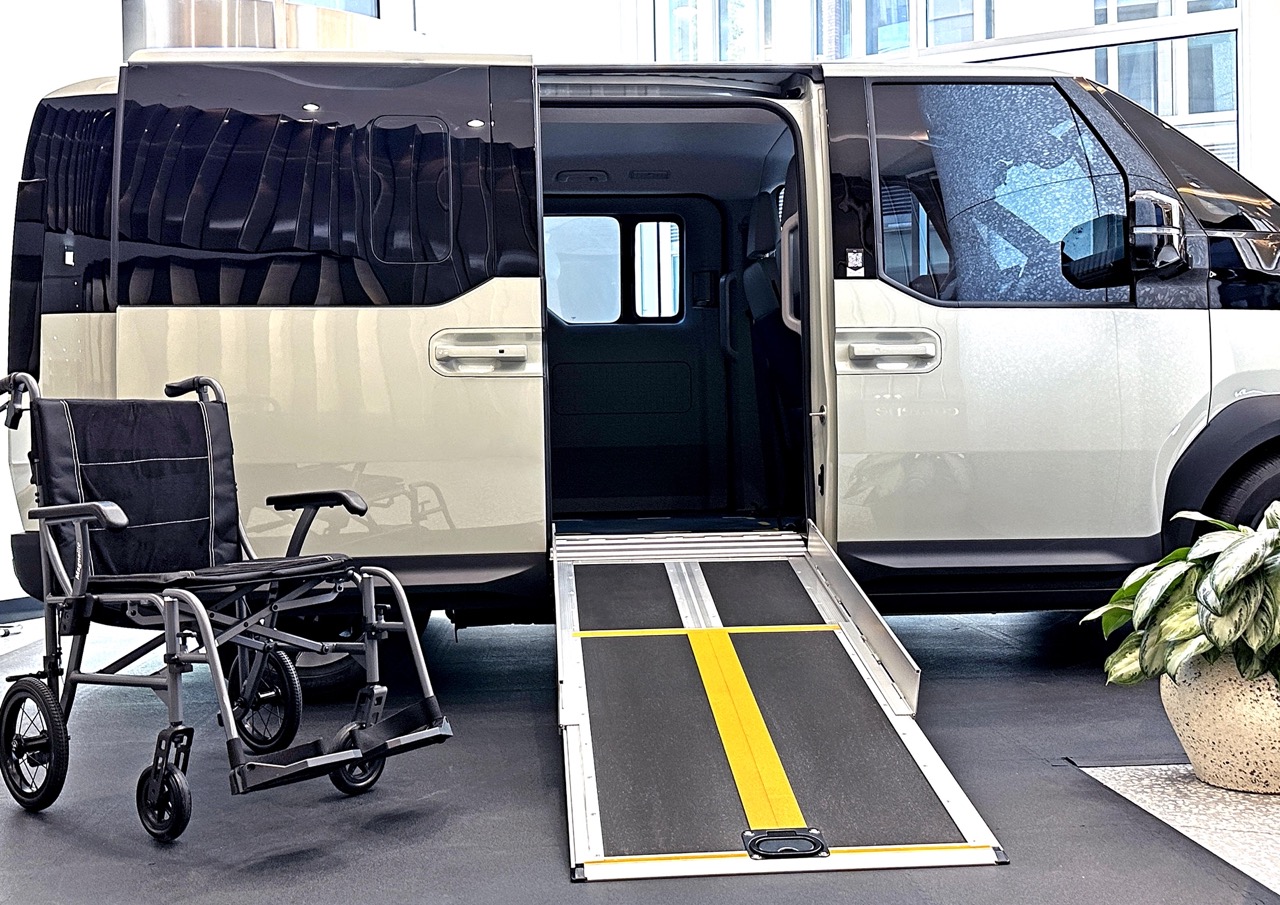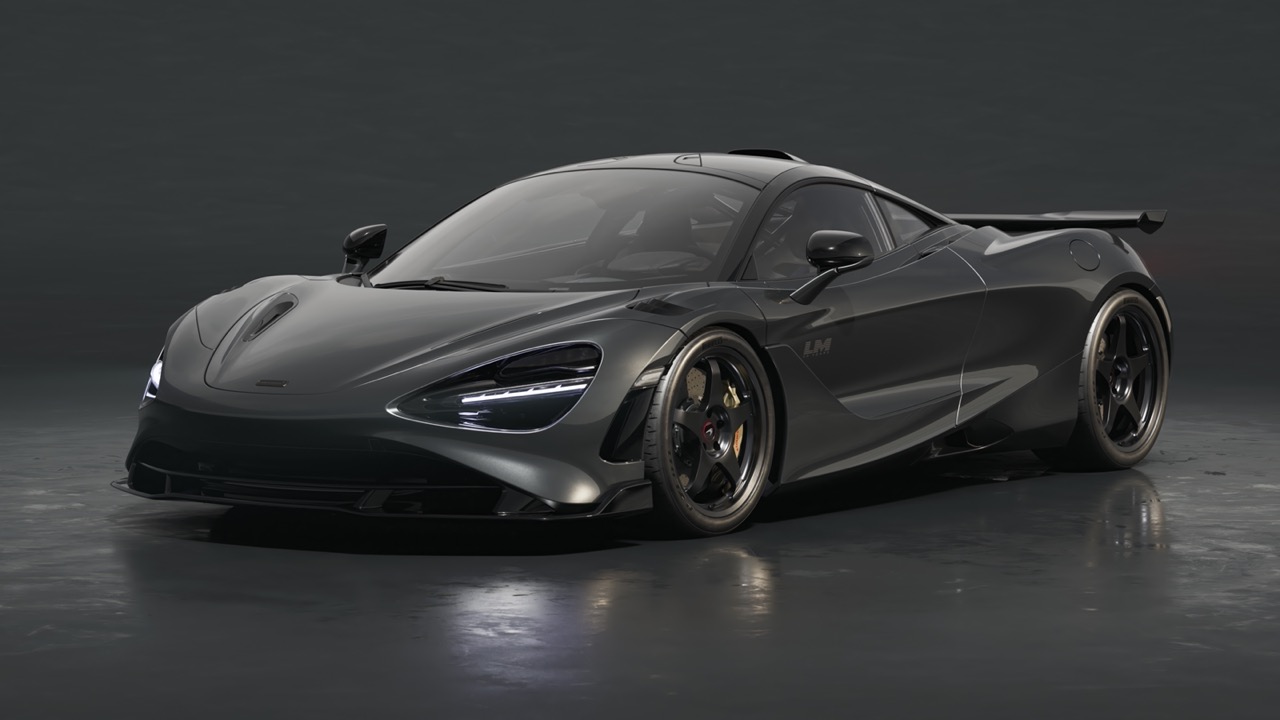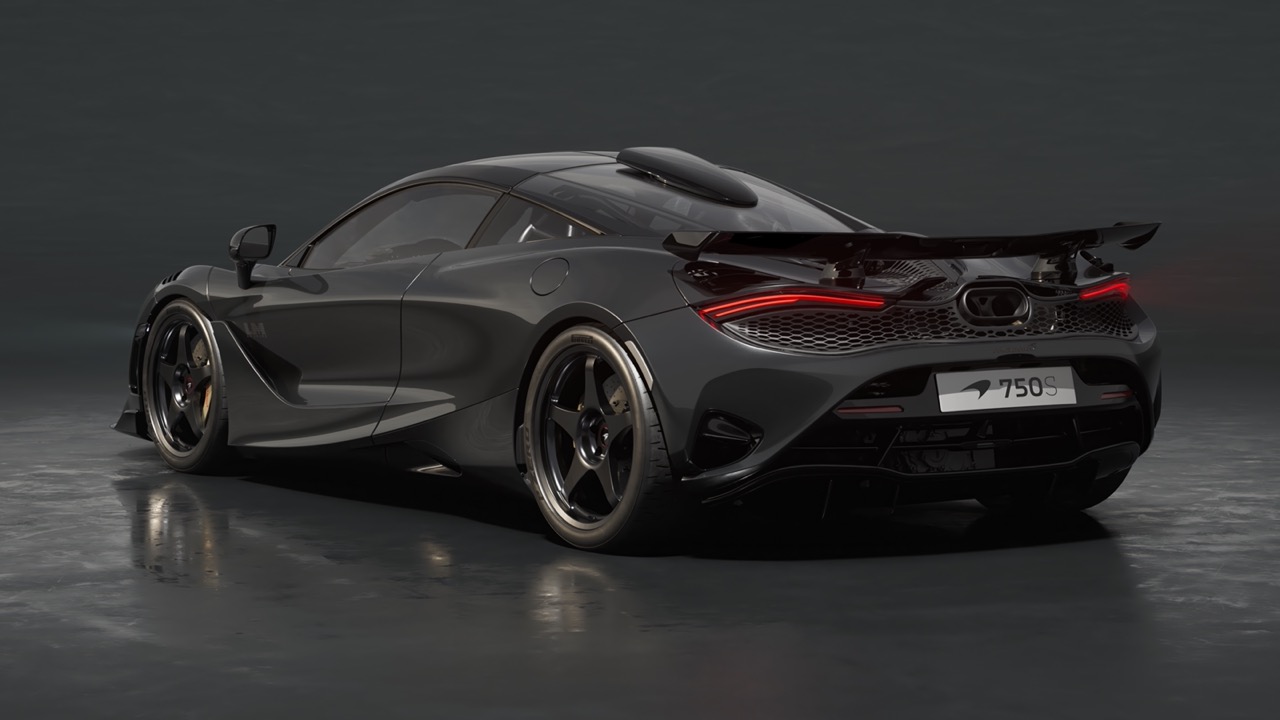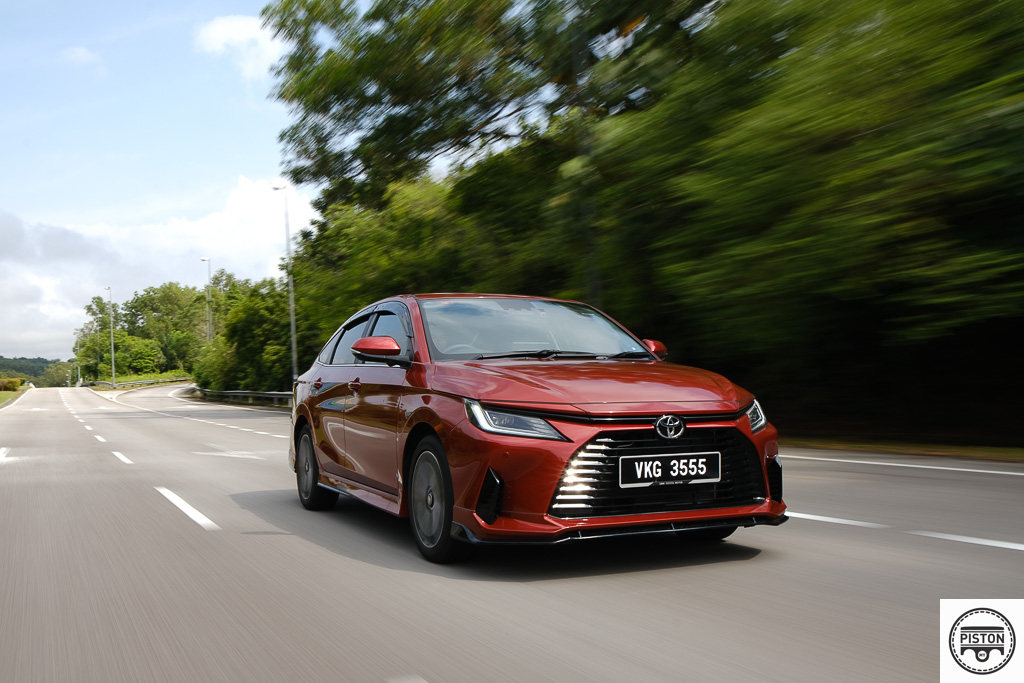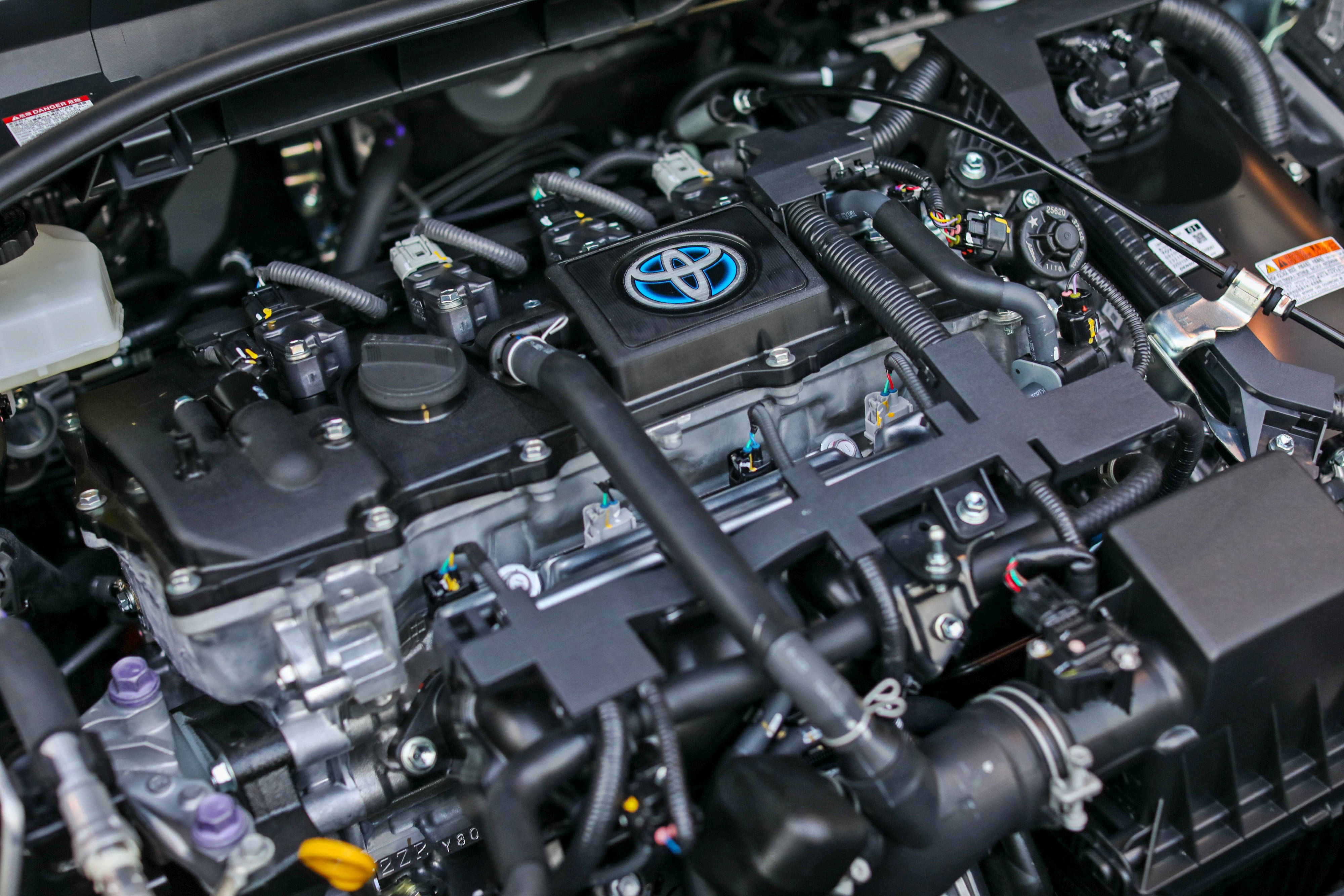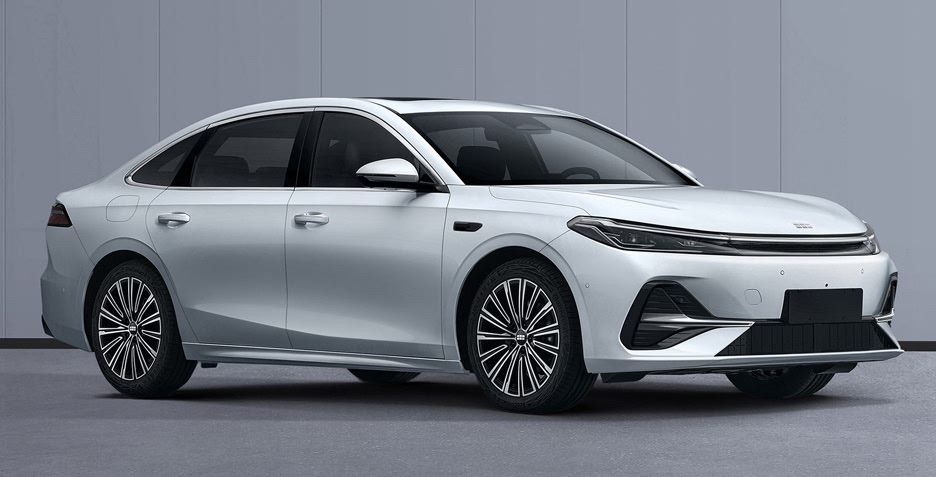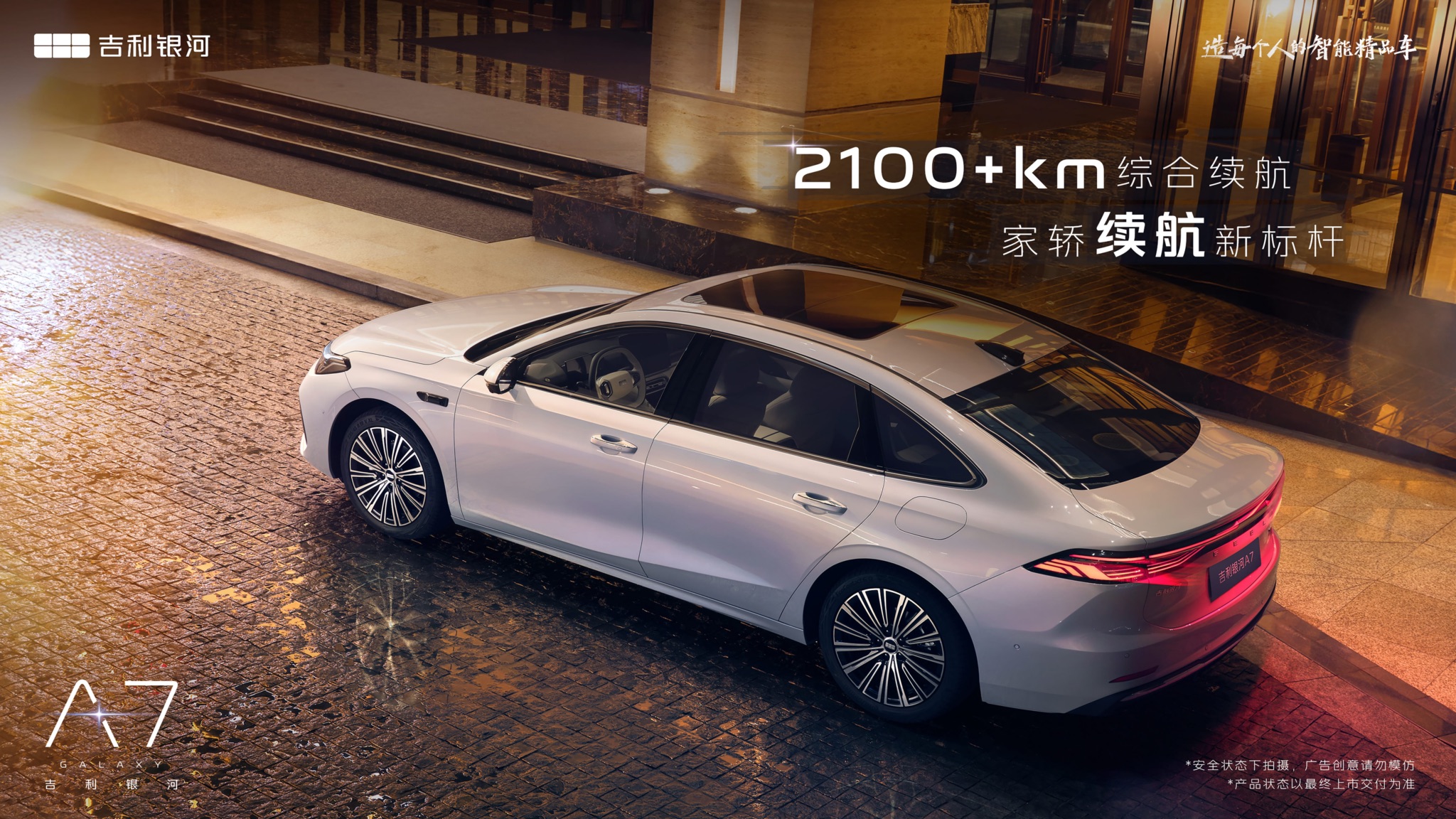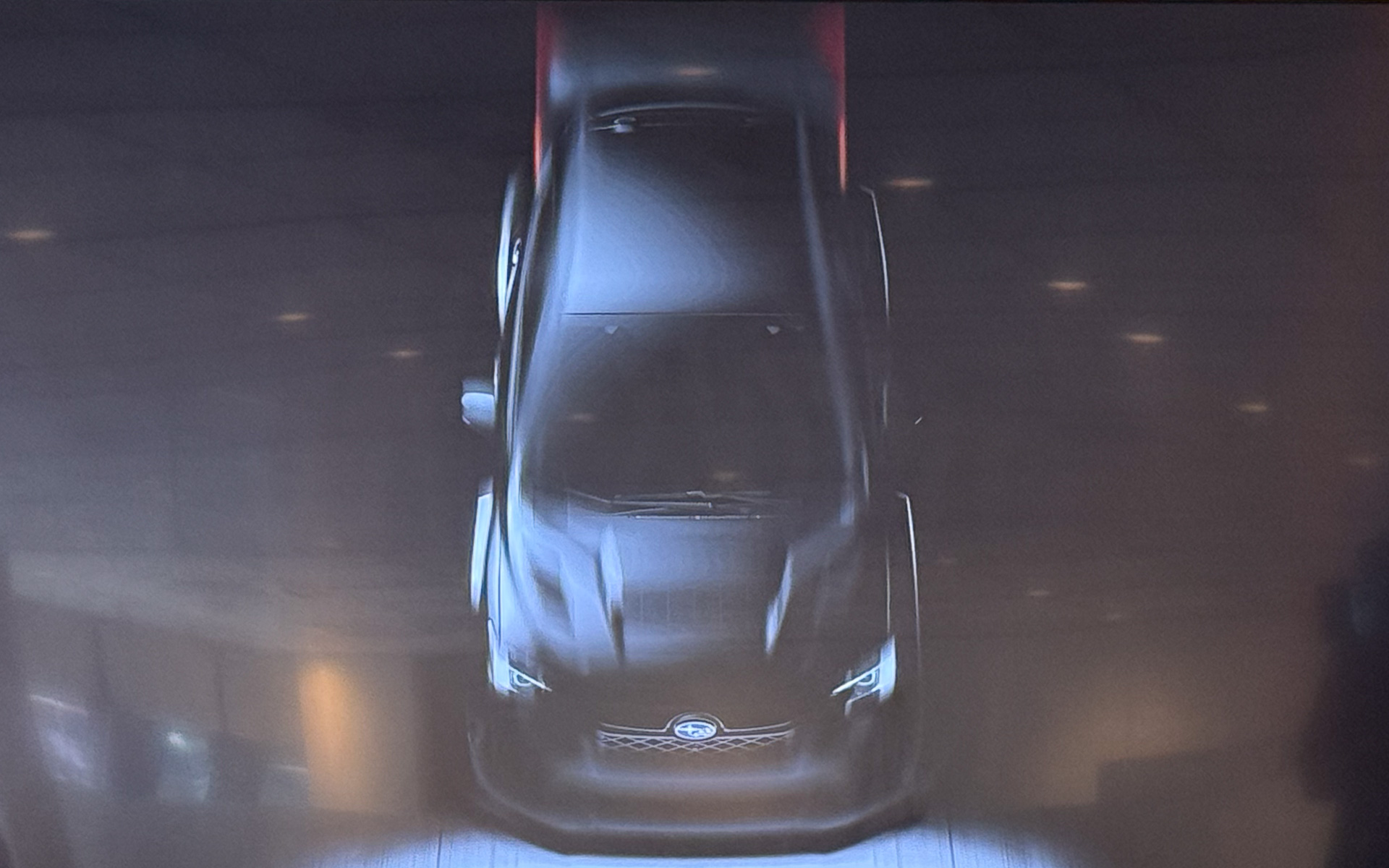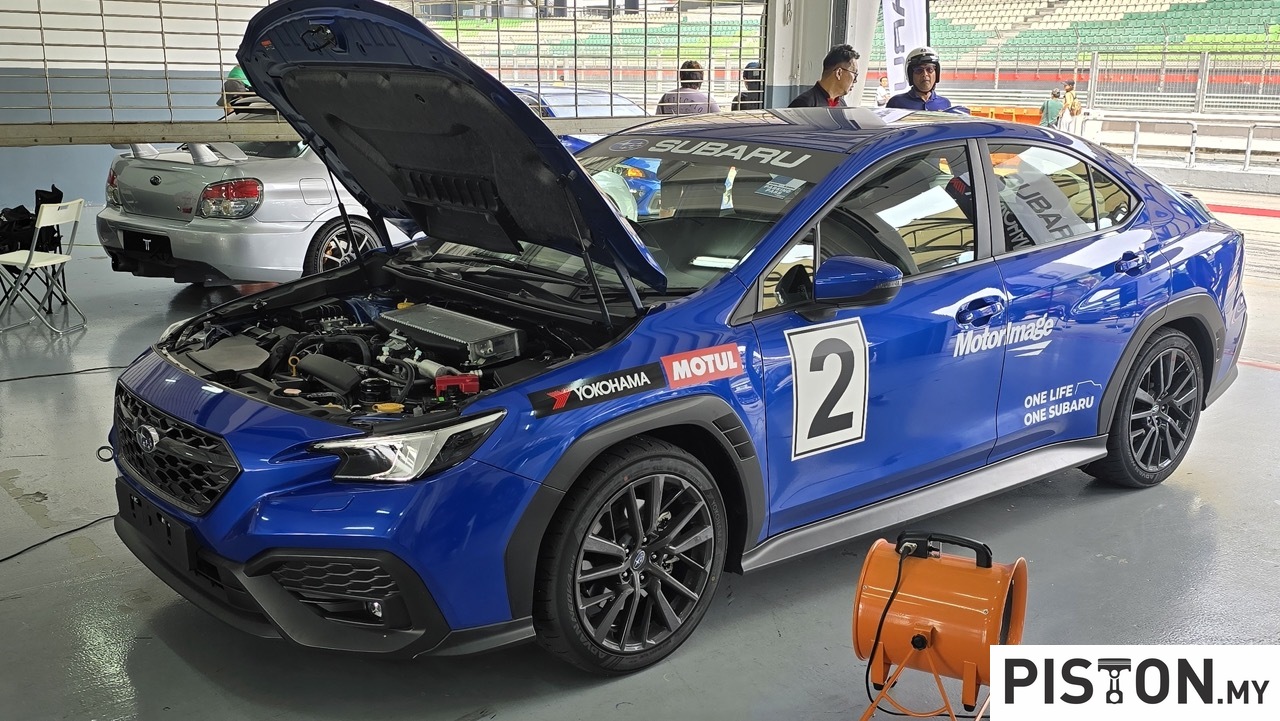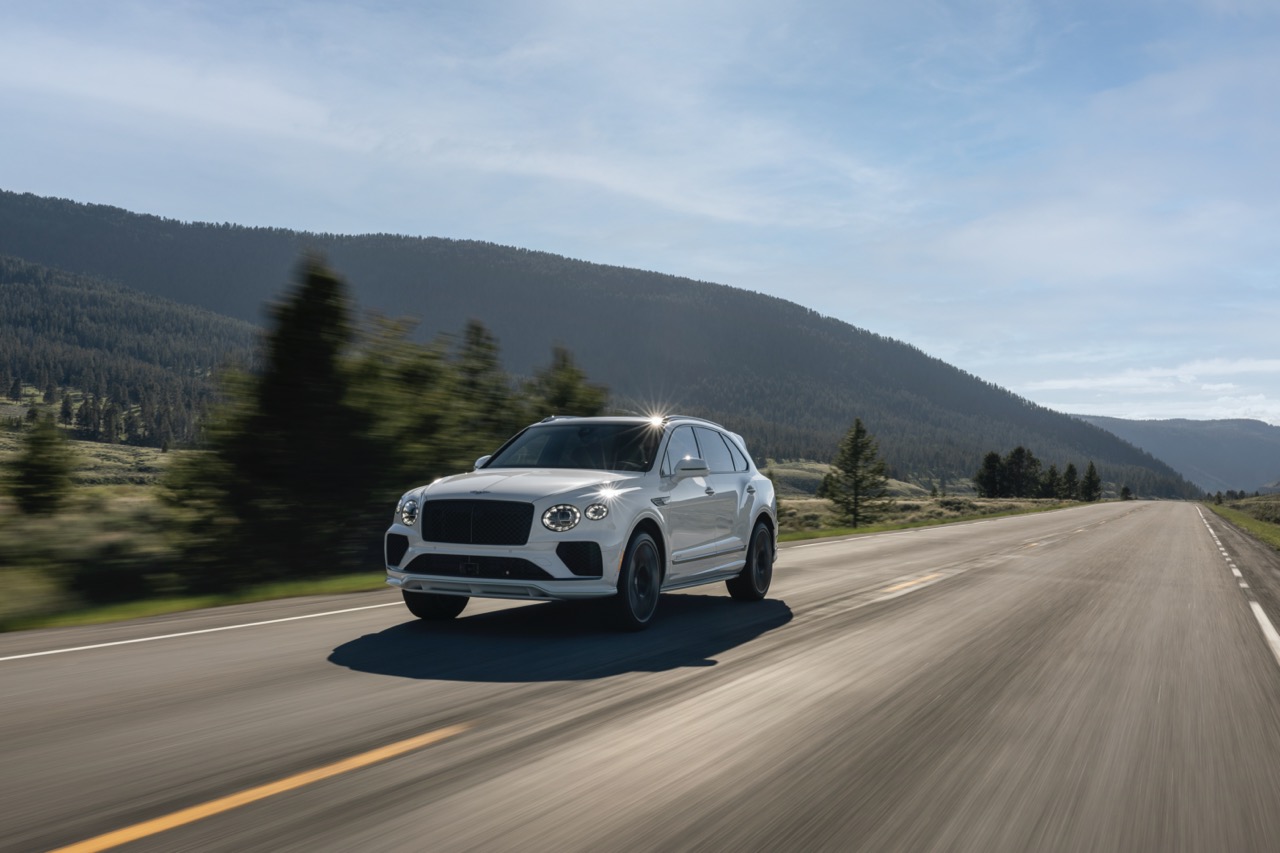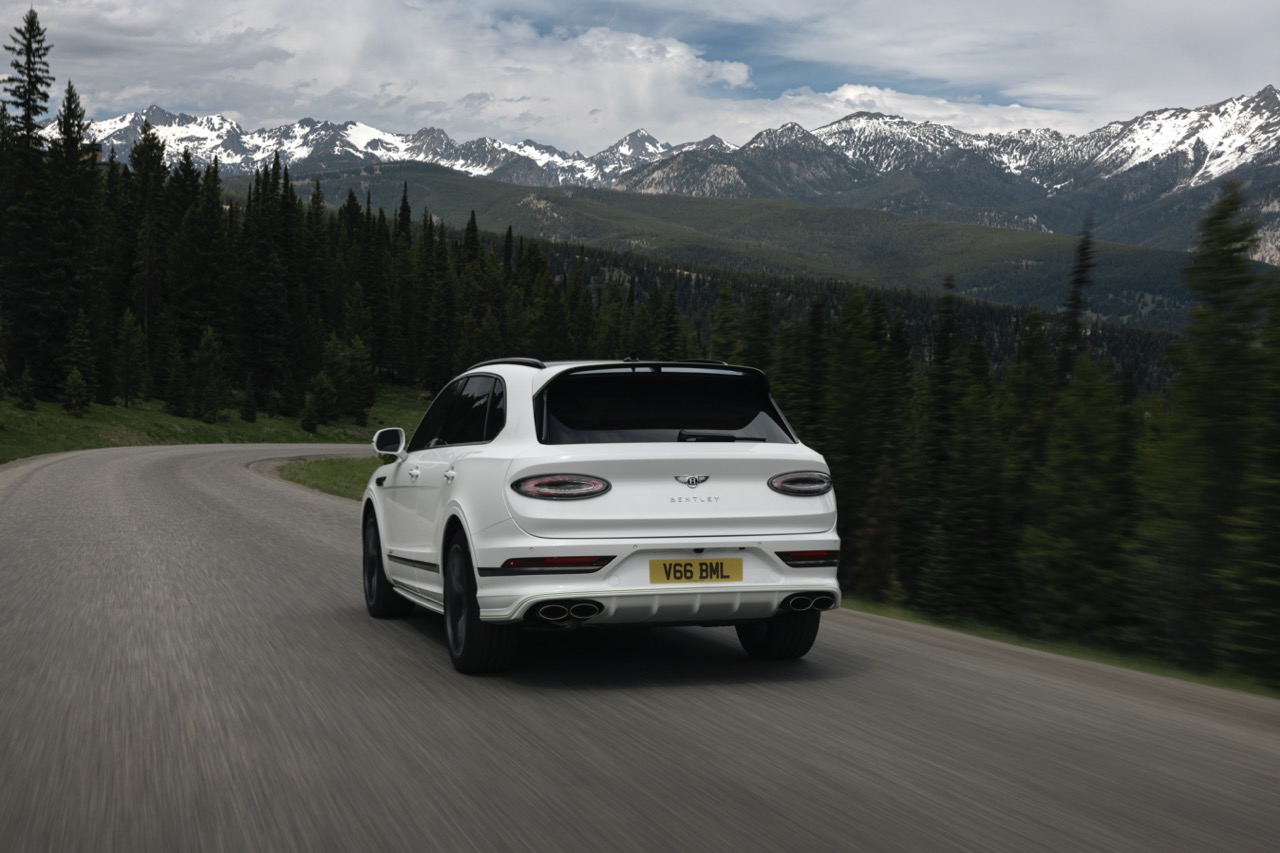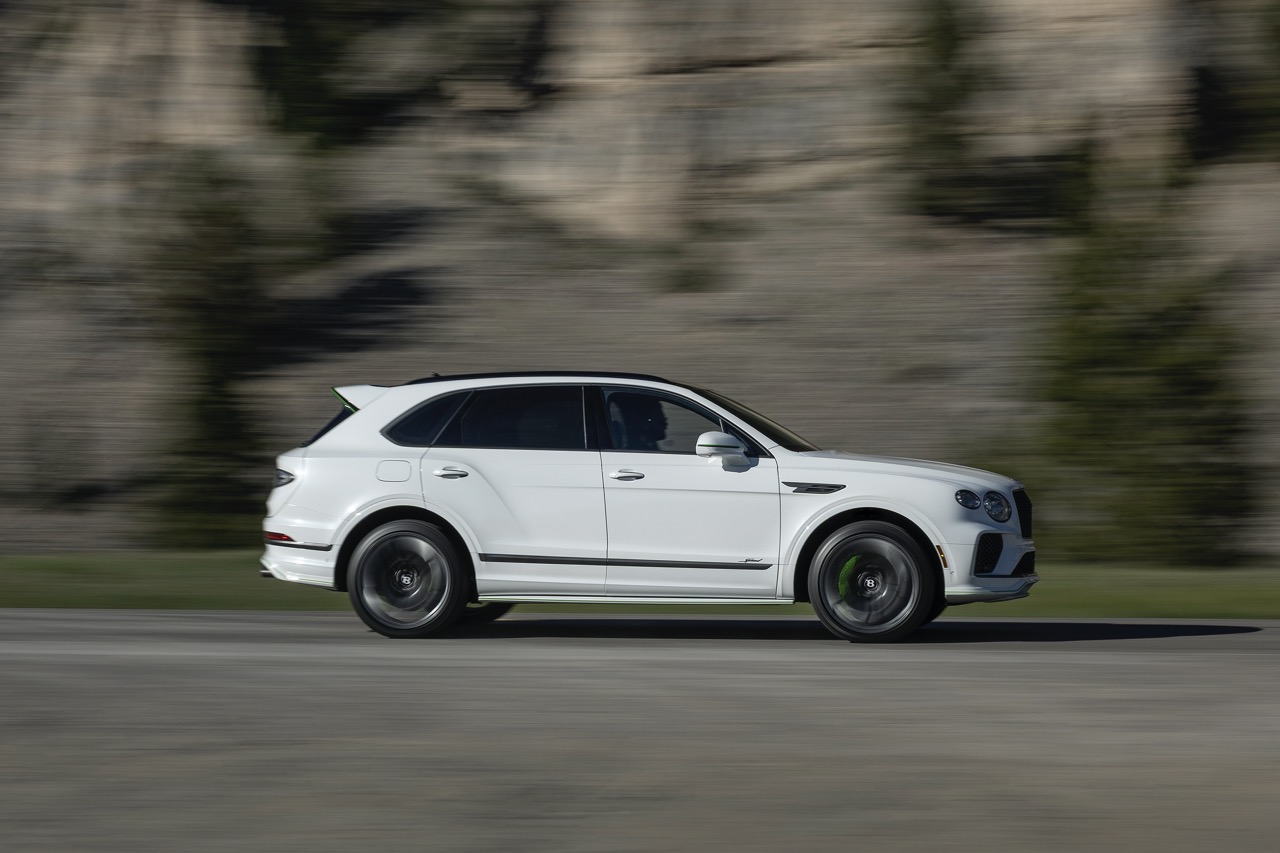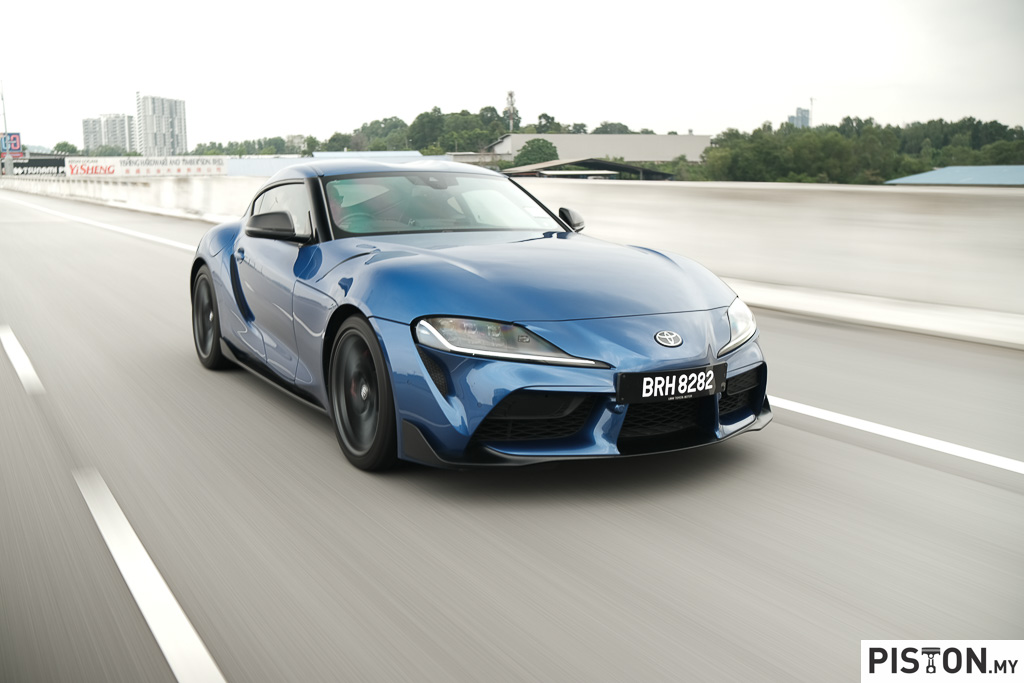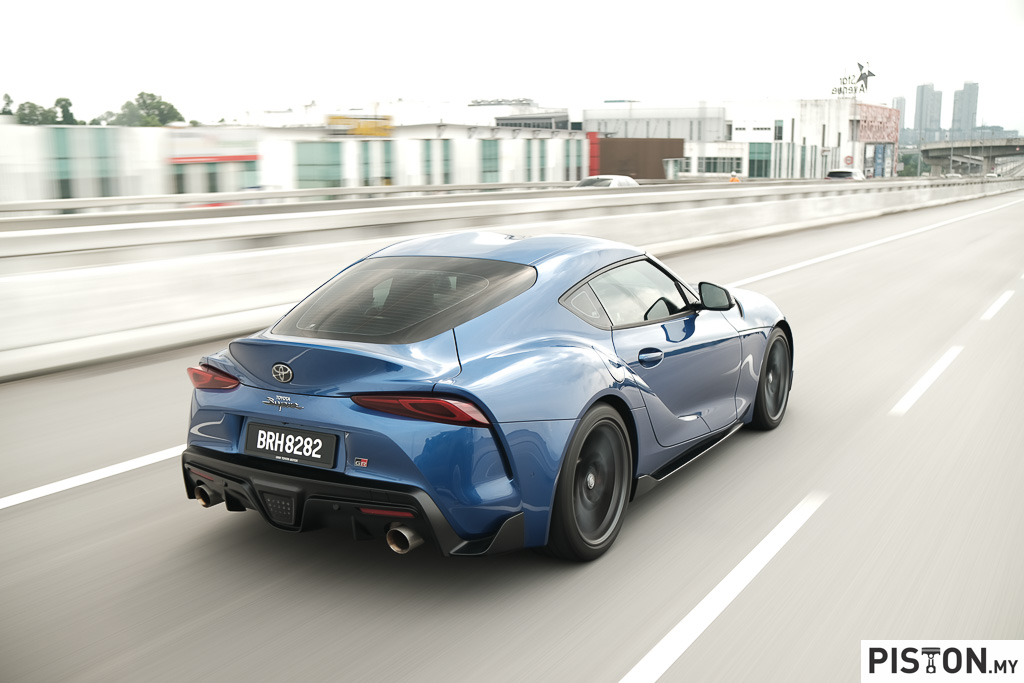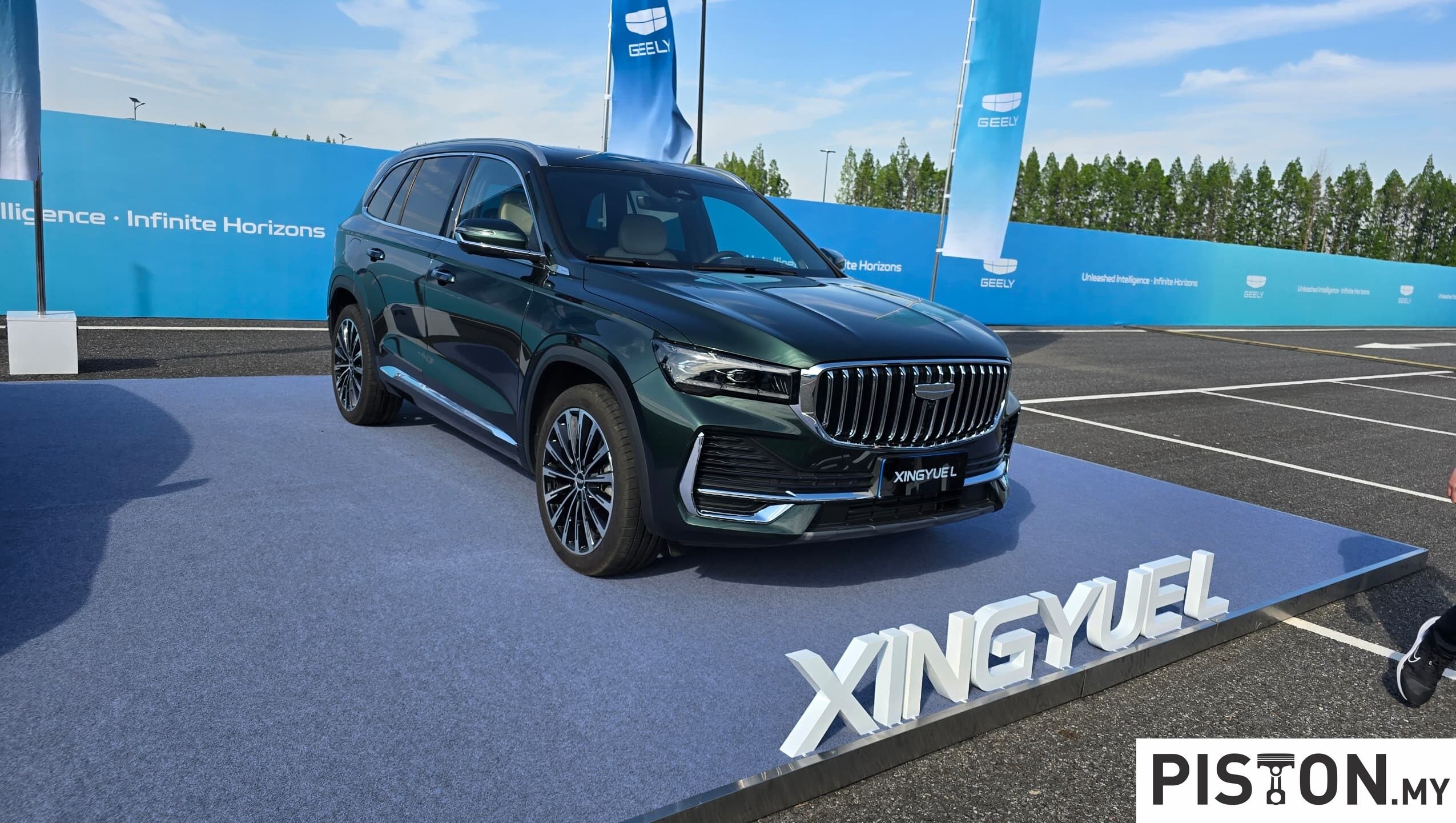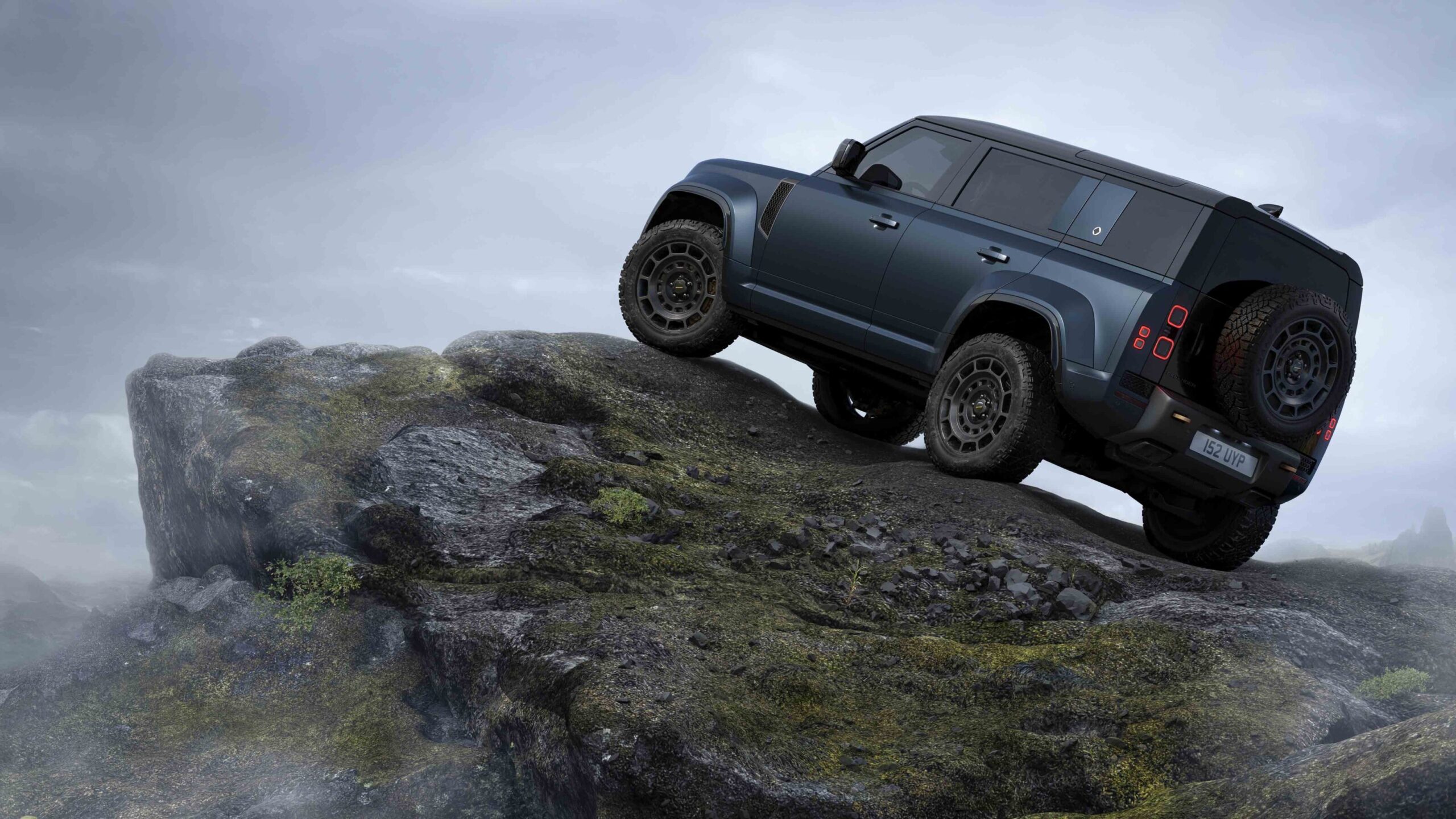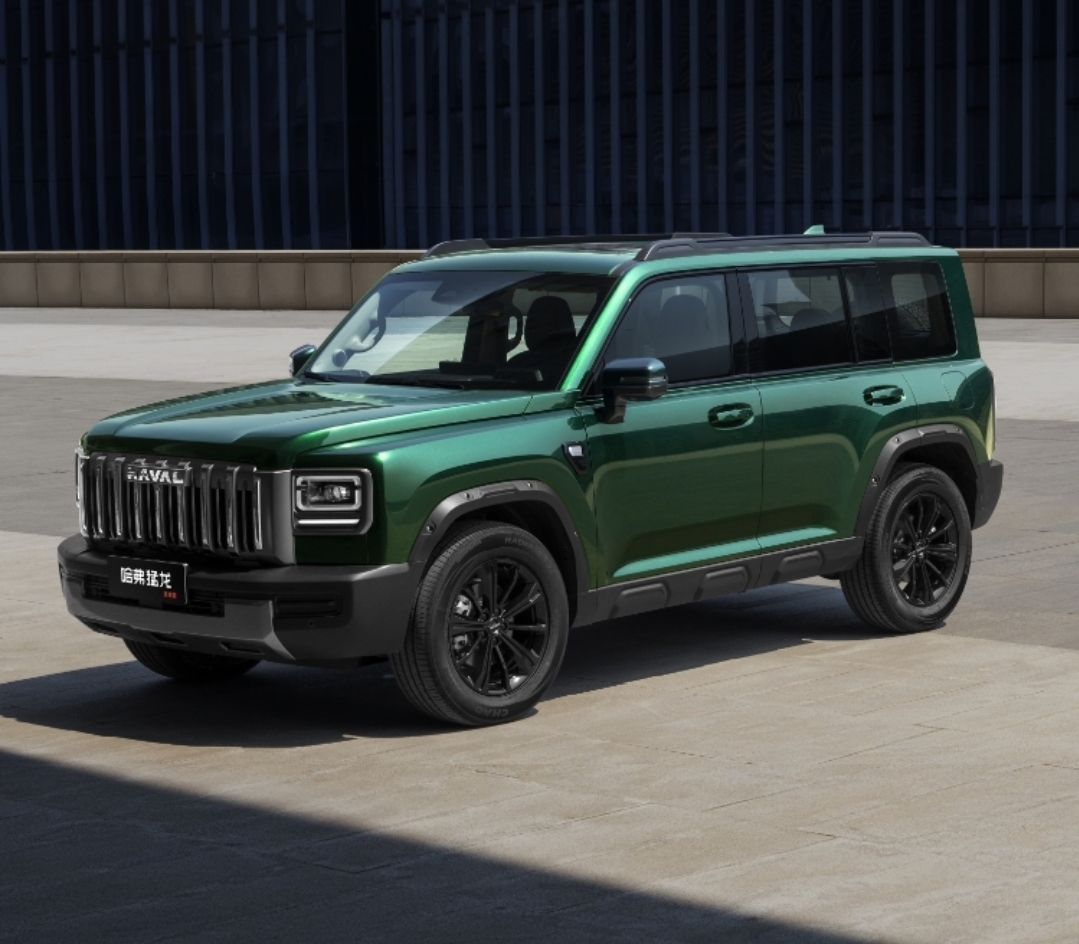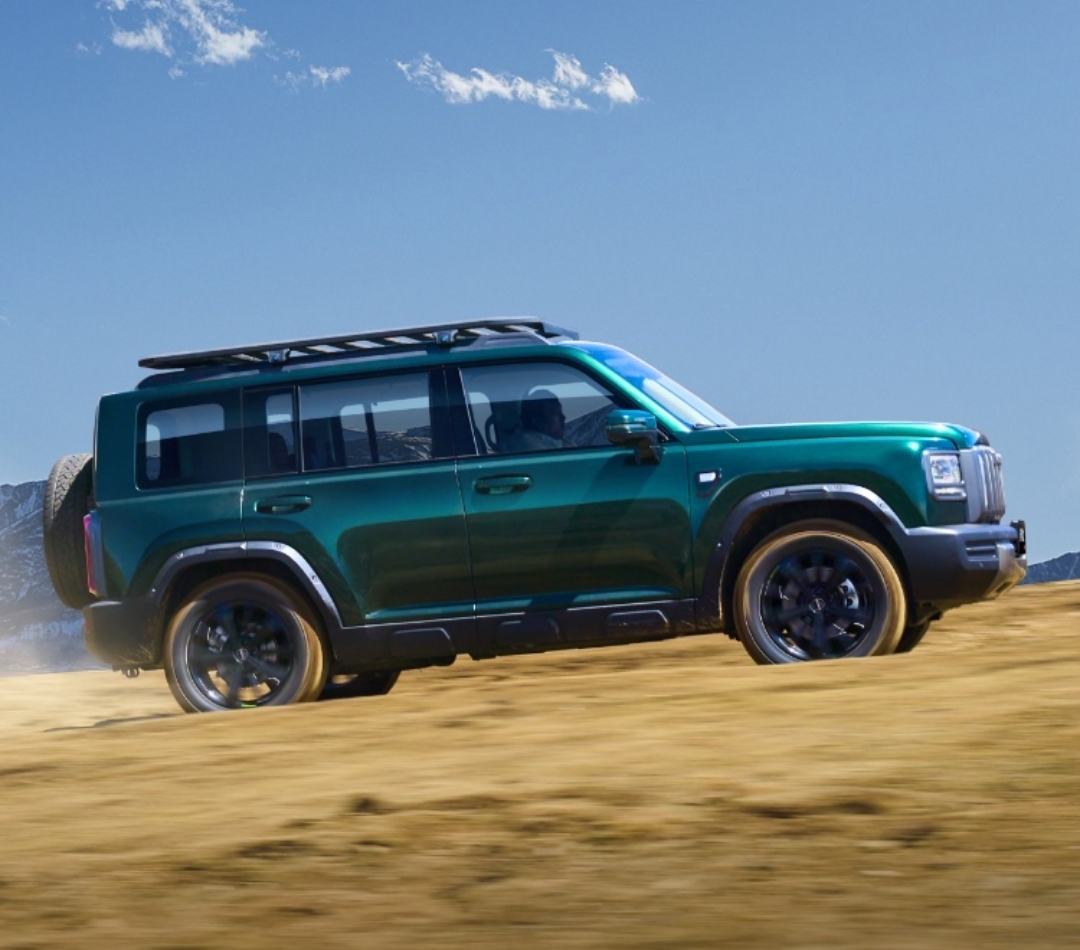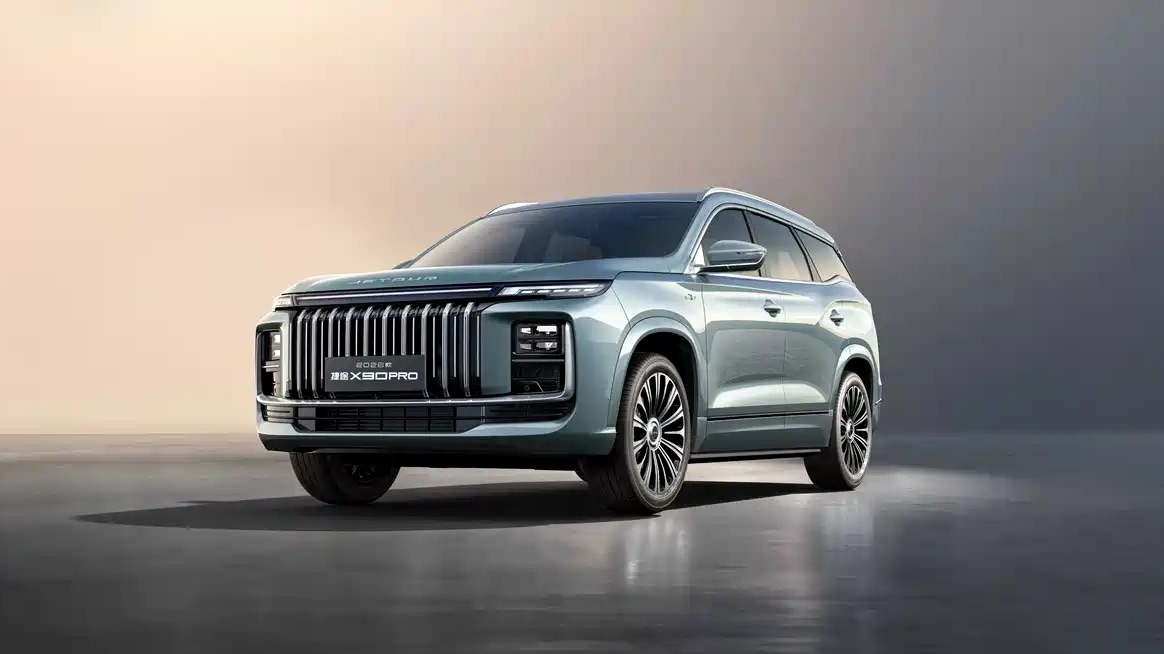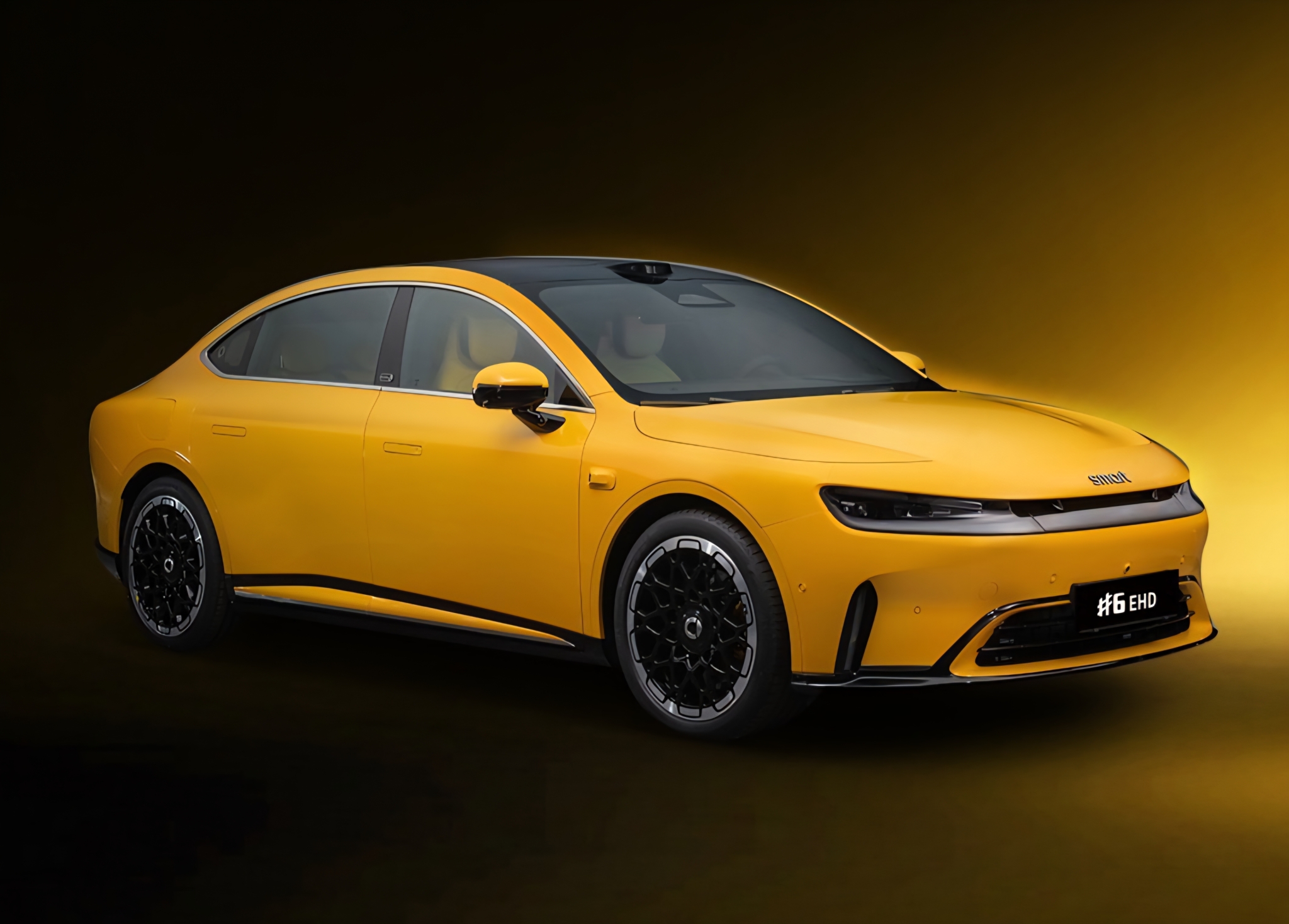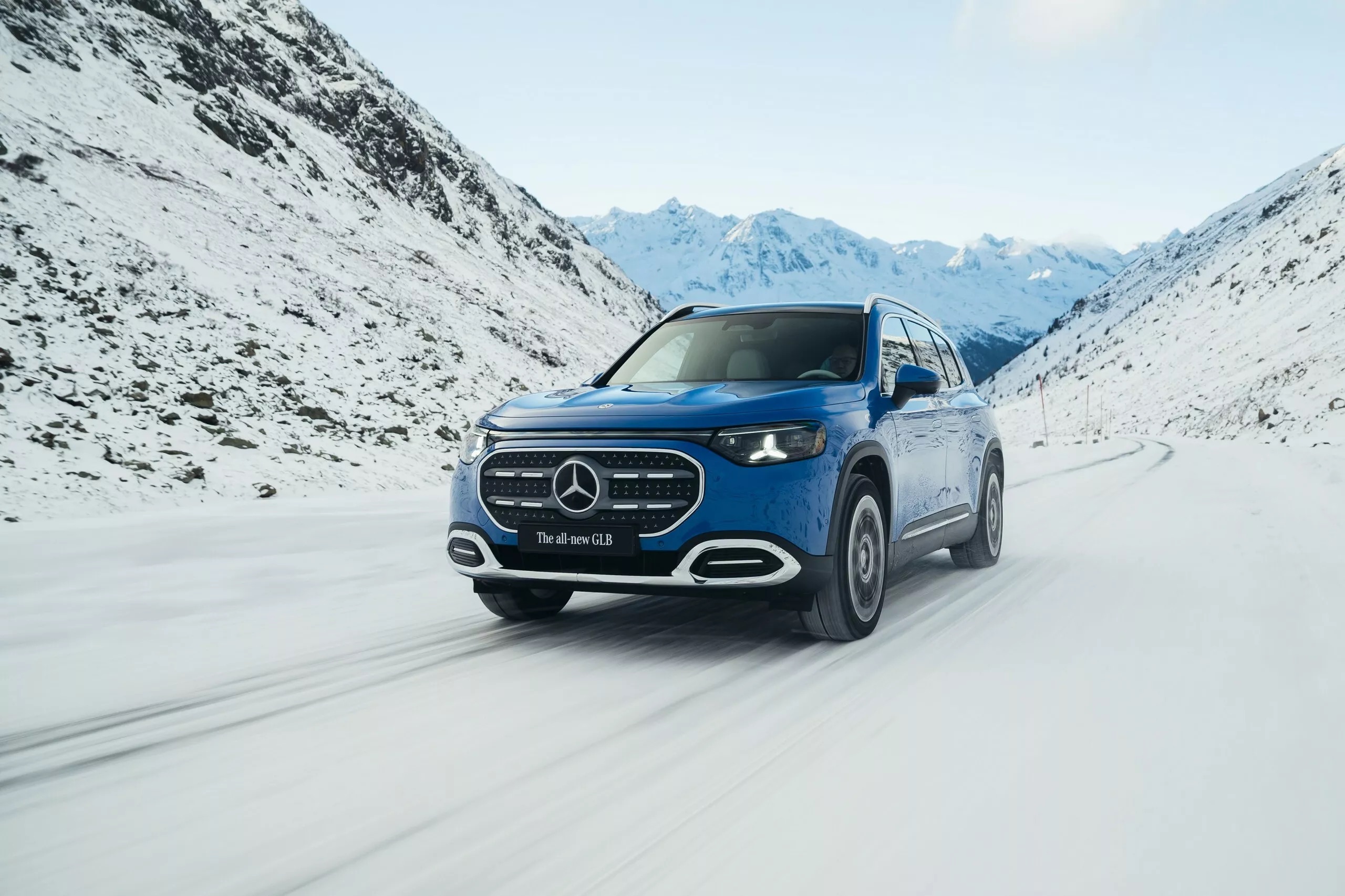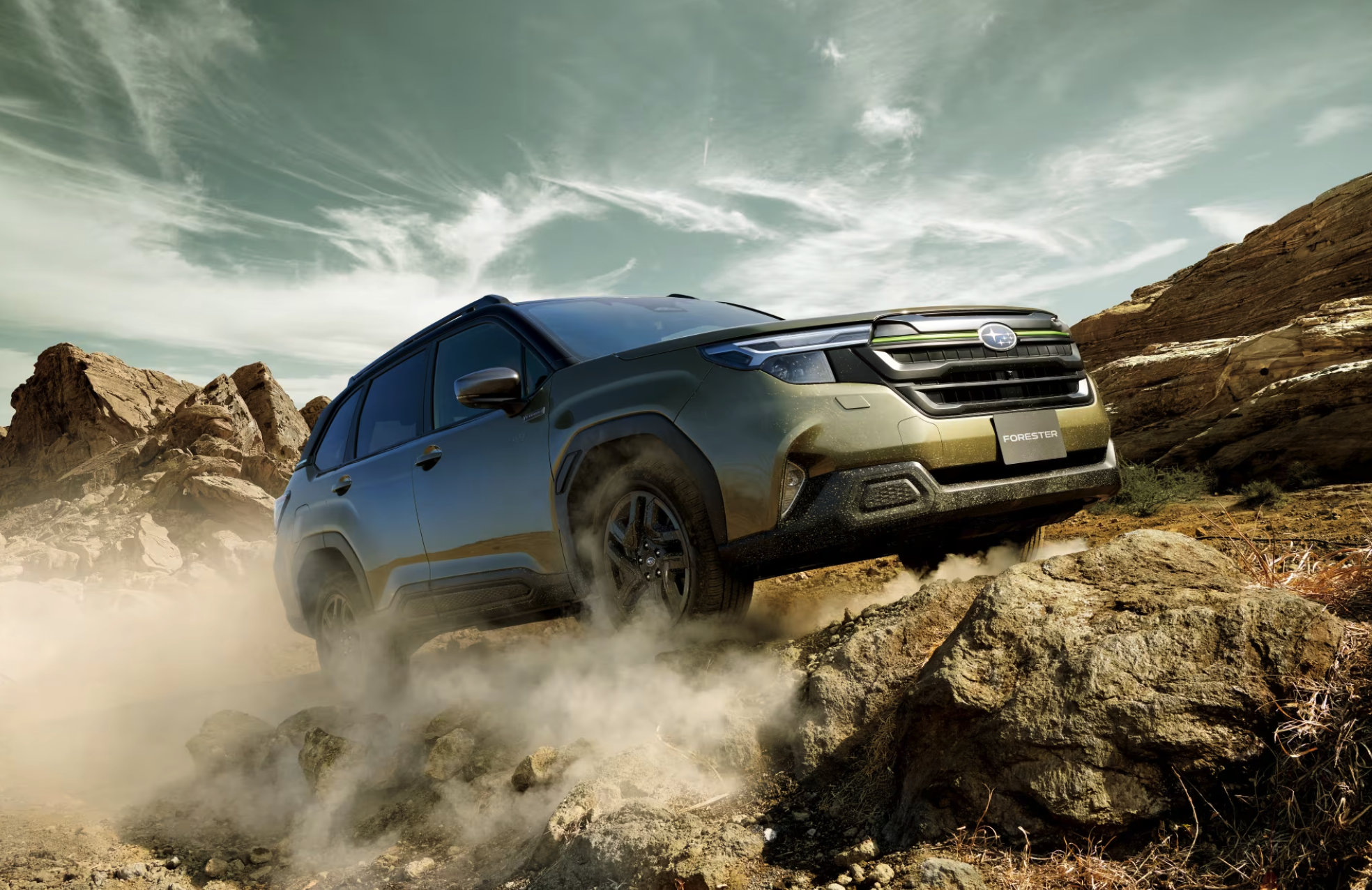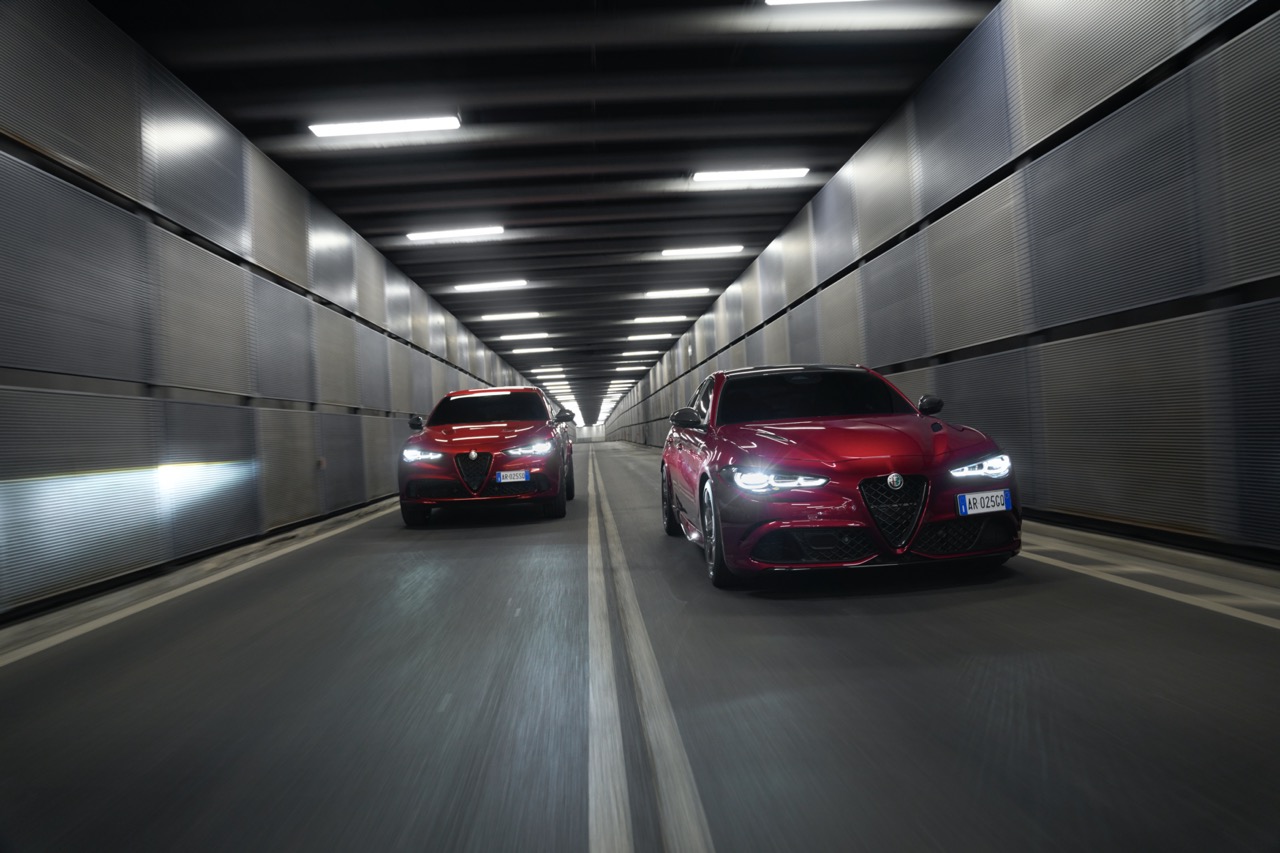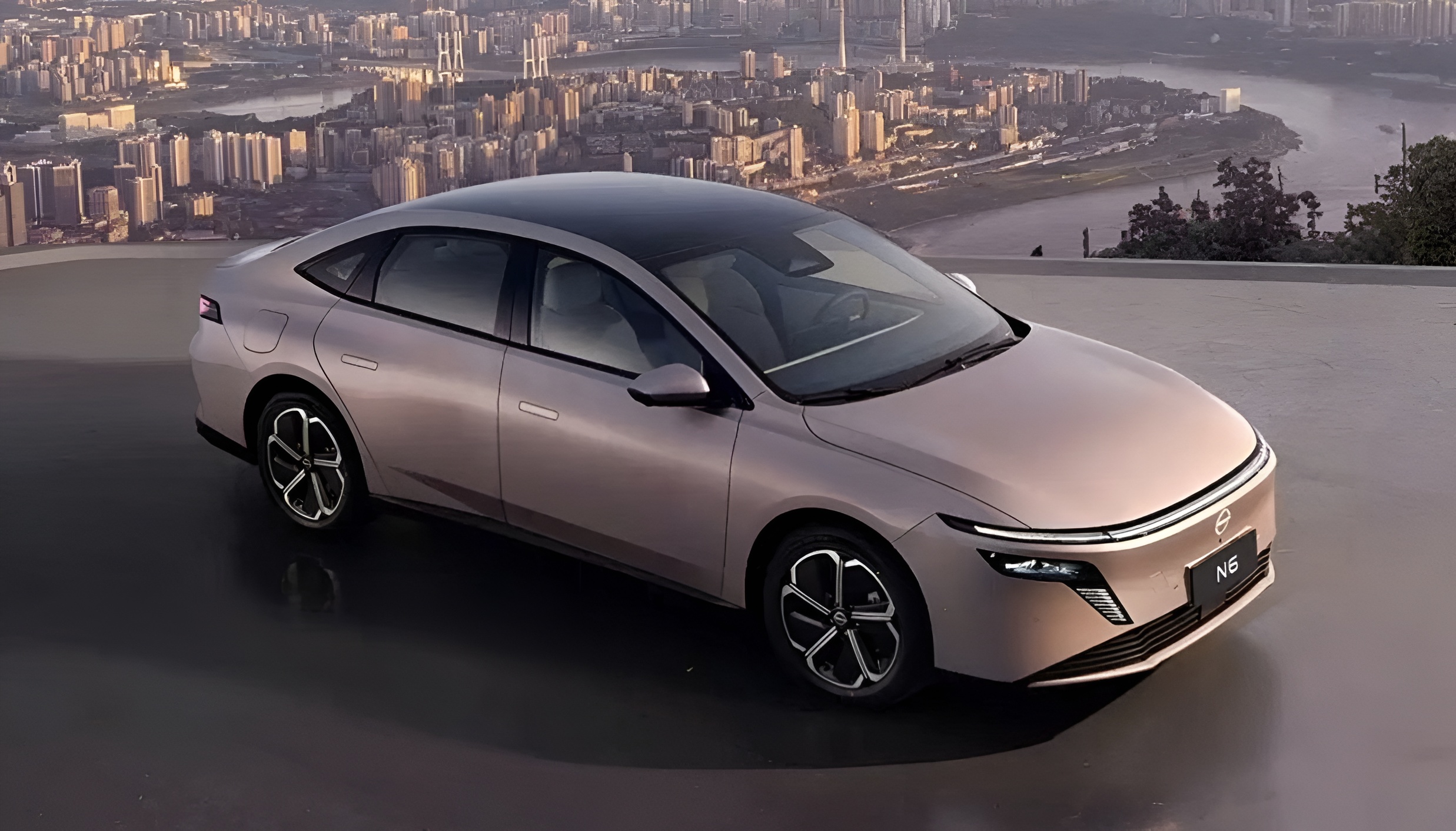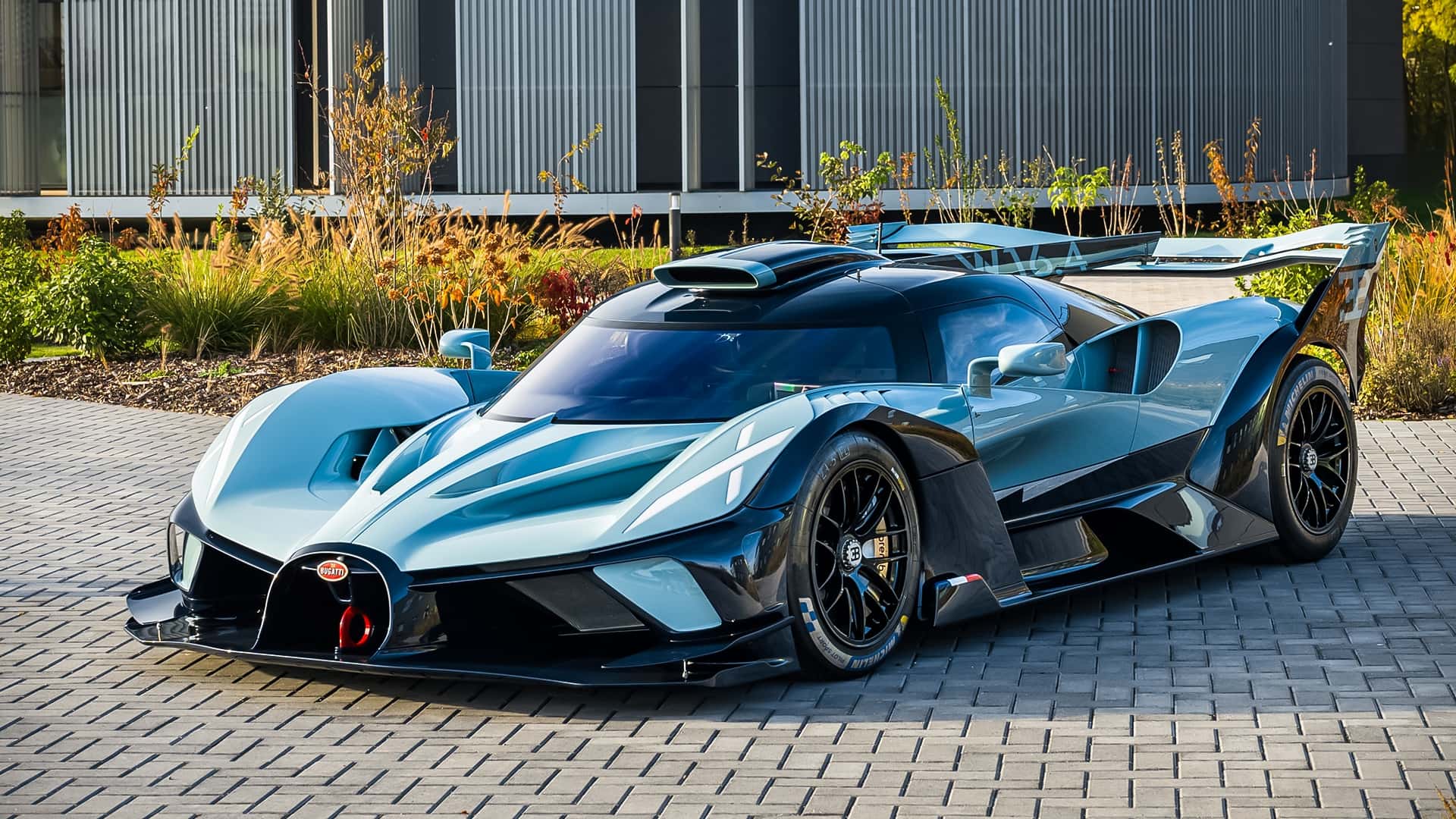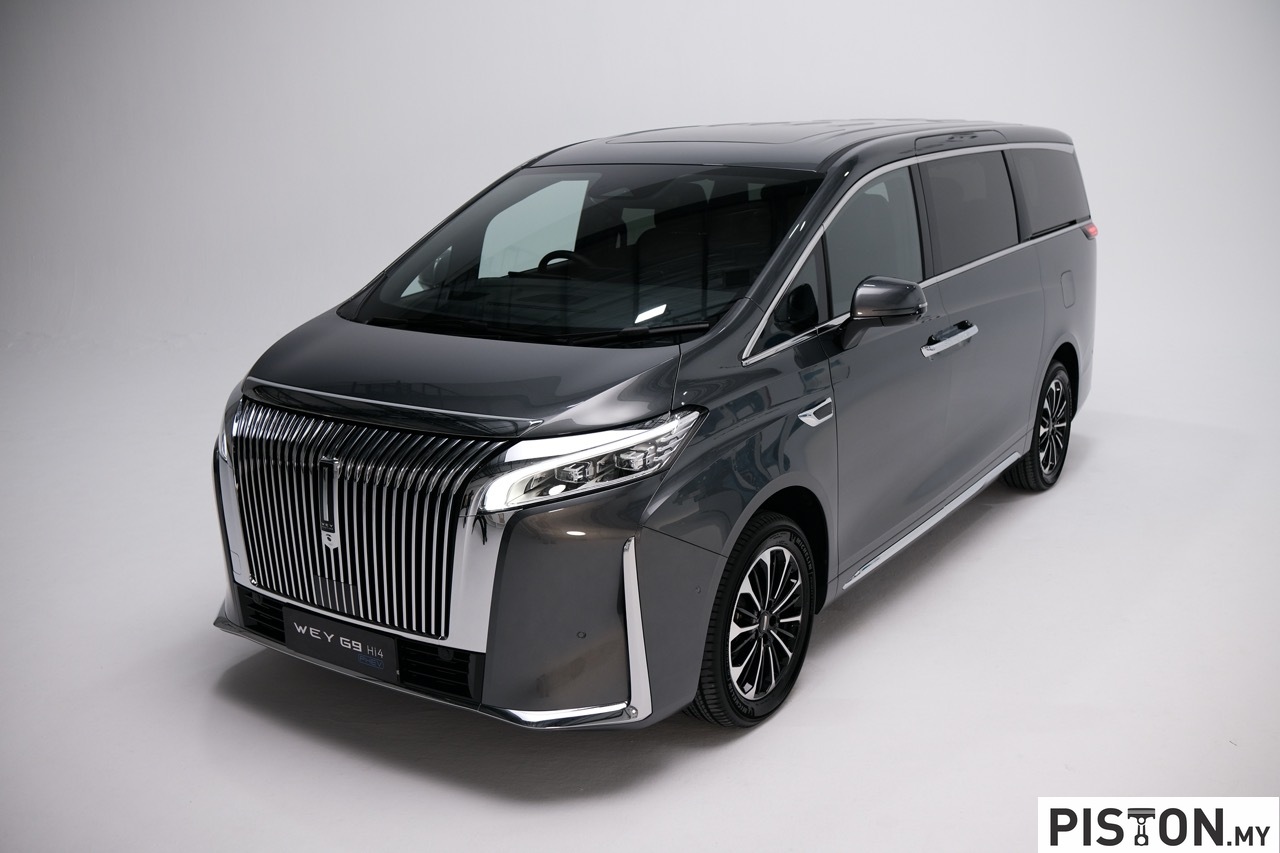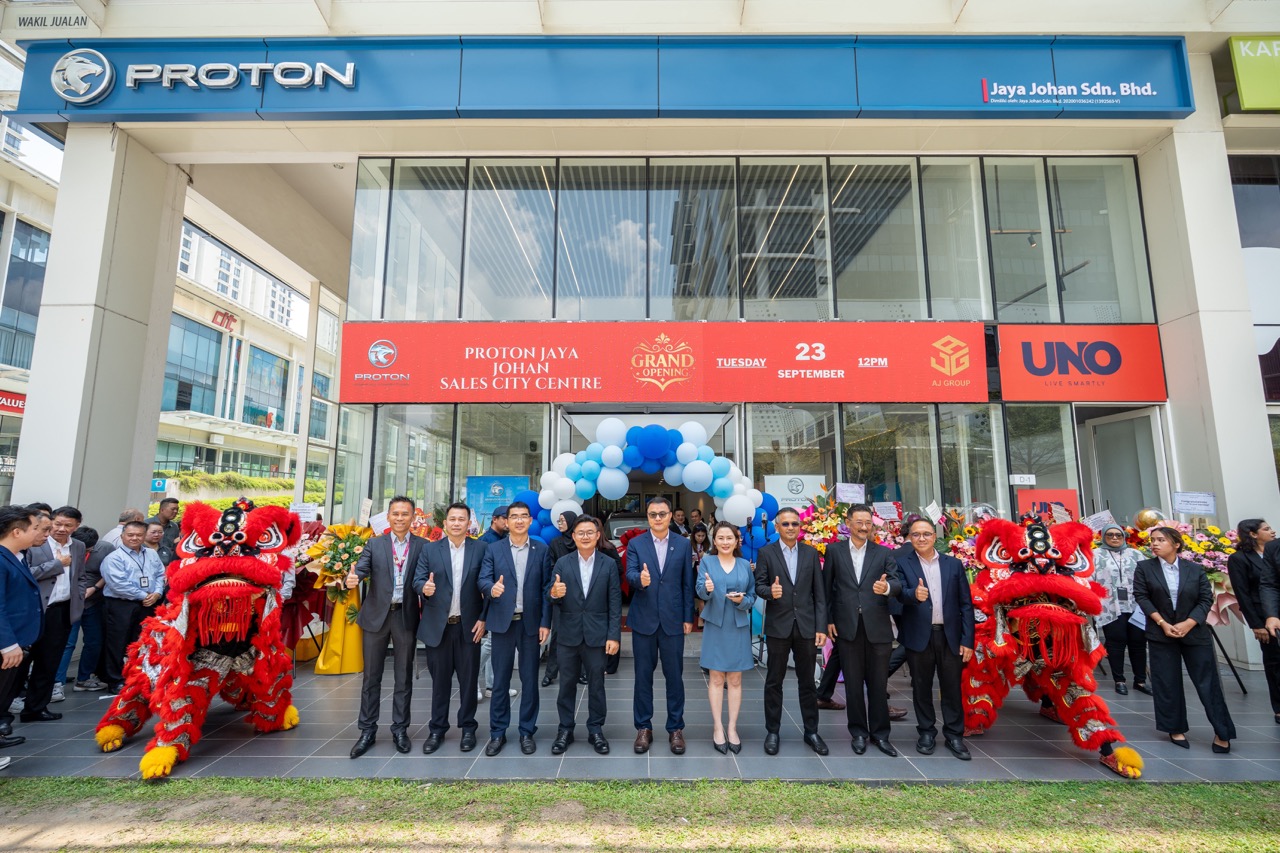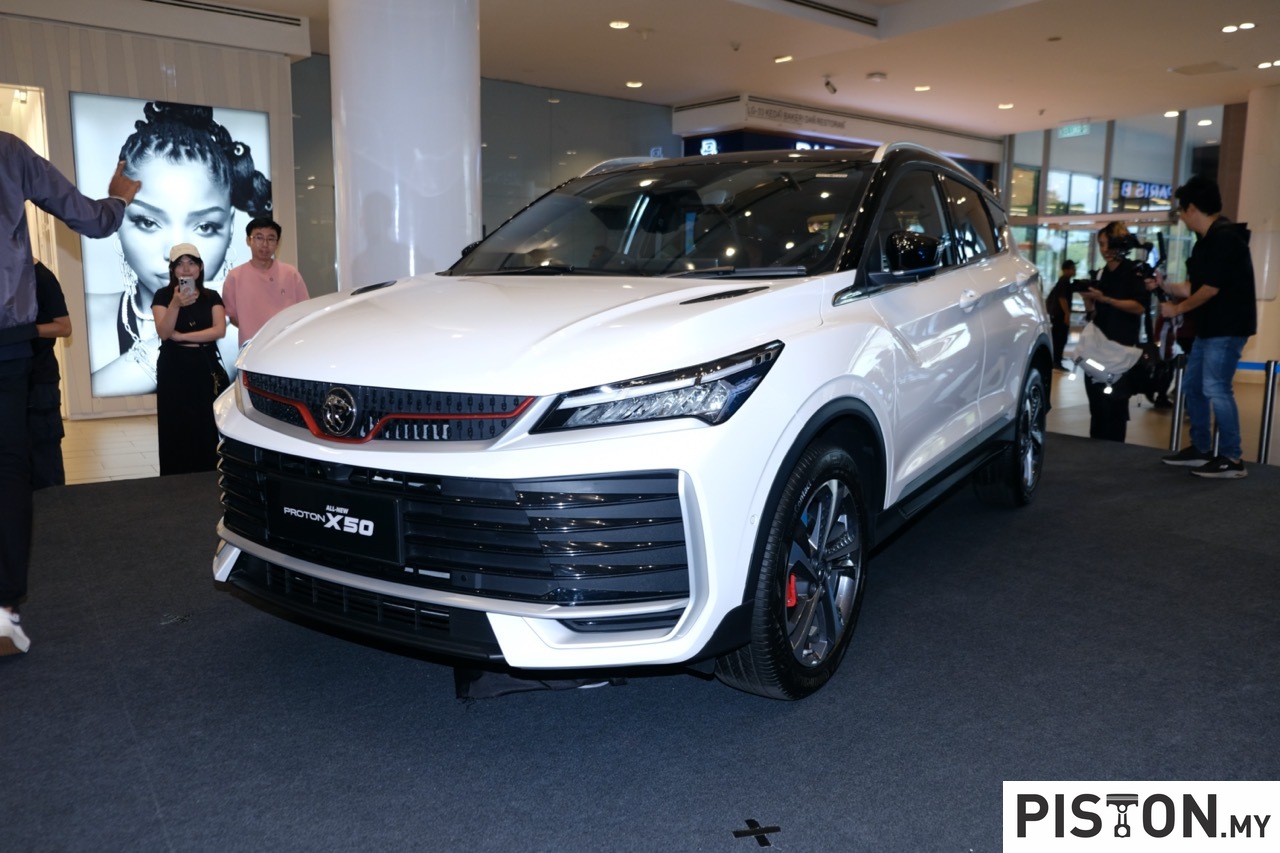Kia Corporation has unveiled its latest innovation in accessible transport with the debut of its PV5 Wheelchair Accessible Vehicle (WAV) at the Financial Times’ Future of the Car Summit, held in collaboration with the UK’s Motability Operations Ltd. The showcase marks a significant advancement in Kia’s global commitment to inclusive and sustainable mobility.
The PV5 WAV, part of Kia’s expanding Platform Beyond Vehicle (PBV) portfolio, represents a fusion of advanced electric vehicle technology and inclusive design. Developed specifically for individuals with mobility challenges, the model exemplifies the automaker’s vision of a future where transport is equitable, sustainable, and accessible to all.
Sangdae Kim, Executive Vice President and Head of the PBV Division at Kia, emphasised that the PV5 WAV is not merely a mode of transport, but a symbol of autonomy and empowerment. He noted that by combining innovative PBV architecture with human-centric design, Kia aims to ensure that individuals with disabilities can participate fully in the transition to electric mobility.
The need for accessible transport is growing globally due to rising life expectancy and an ageing population, which is creating increasing demand for WAVs. Simultaneously, the decline in availability of traditional internal combustion engine (ICE) vehicles, which were often adapted into WAVs, has created an urgent need for purpose-built electric alternatives. Kia’s PV5 WAV is a direct response to this shift, offering a ready-made electric solution for the next era of mobility.

